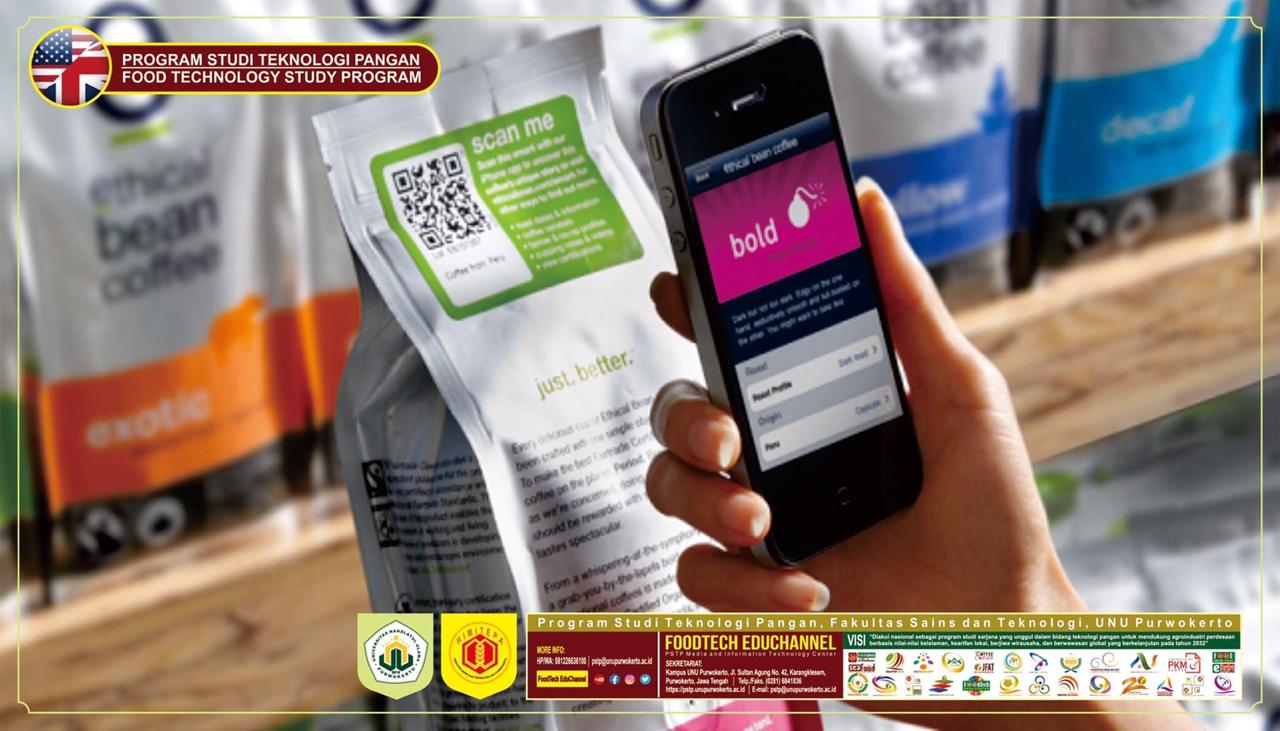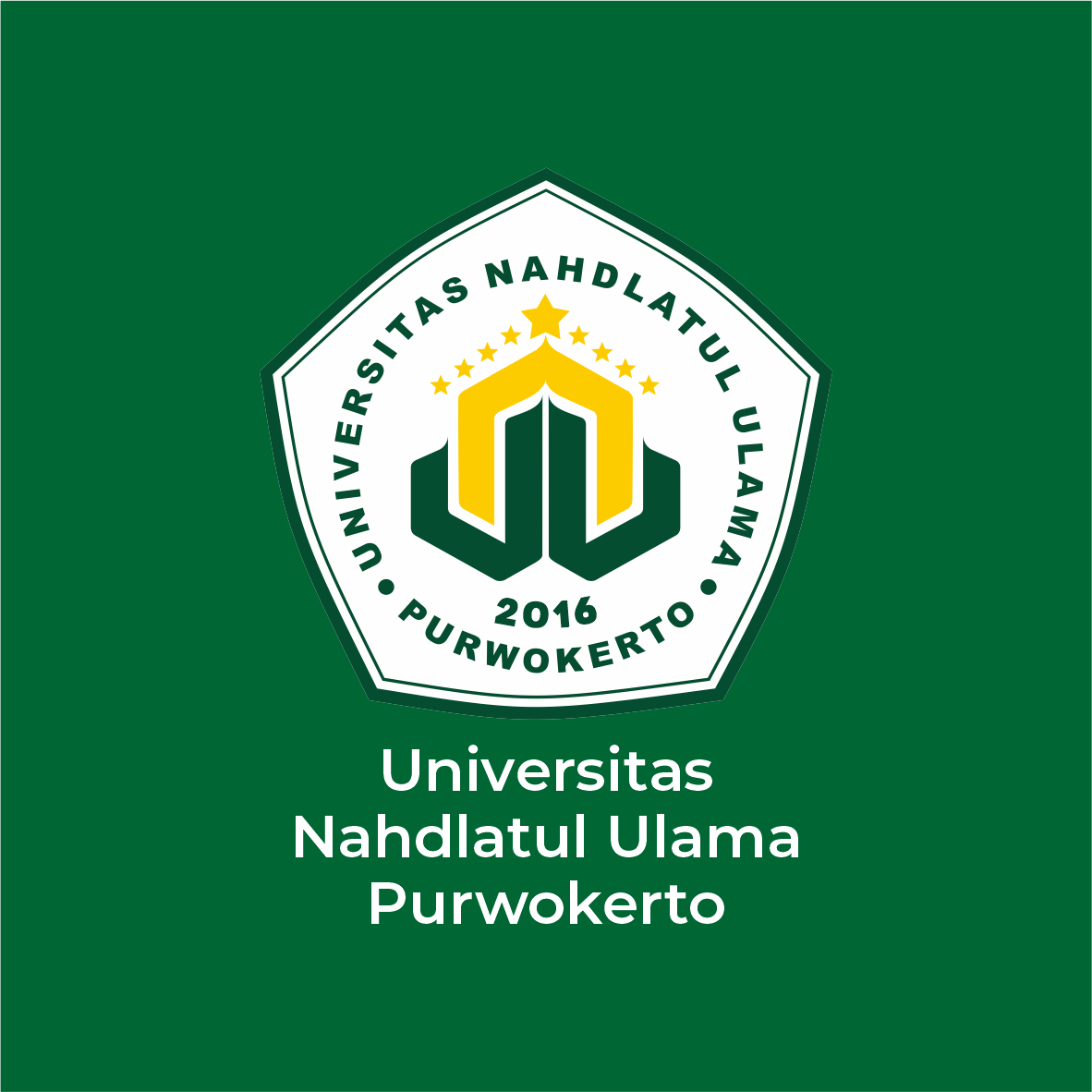
PERSPECTIVE-FOOD TECHNOLOGY: SMART PACKAGING ON MODERN FOOD PRODUCTS
e-Foodtech Future – Smart packaging is one of the new technologies in the field of food packaging. This technology has great potential to improve the safety, quality, and traceability of food products, as well as comfort for consumers. In general there are three main technologies used in smart packaging systems, namely data carriers, indicators and sensors.
Data carriers such as Radio Frequency Identification (RFID), barcodes and QR codes help make the flow of information in the supply chain more efficient. The function of the data carrier is not to monitor product quality, but to guarantee traceability, automation, protection from theft or counterfeiting.
Kavadya Syska, Coordinator of the Food Technology Study Program, Faculty of Science and Technology, University of Nahdlatul Ulama Purwokerto explained that the awareness of the Indonesian people is increasing the importance of packaging for food safety so that it can maintain the quality of food. This is what makes the function of packaging which was originally used as a container or storage area is now increasingly enhanced that function to extend shelf life, maintain food quality, and prevent various kinds of food damage. And packaging issues are also regulated in the Regulation of the Head of the Drug and Food Supervisory Agency Number HK.03.1.23.07.11.6664 of 2011 concerning Food Packaging Materials. This change in the mind of the people who play the role of consumers has led to create various kinds of innovations in food packaging technology and can answer the challenges of development in Indonesia. Existing innovations that are still being developed in this technology are smart packaging. The term “smart packaging” is a packaging technology in which several models have been widely applied in Indonesia. Smart packaging itself consists of two types, namely active packaging and smart packaging.
Active packaging is a packaging that works to increase the preservation of food in the packaging and extends shelf life involving various application strategies such as temperature control, oxygen absorption, humidity control, addition of chemicals such as salt, sugar, carbon dioxide or natural acids or a combination of some of the things that have been mentioned with effective packaging. One example of active packaging such as absorbants that function to reduce oxygen levels or absorb oxygen in a package has been widely used in food packaging in Indonesia. So that by using active packaging in the form of absorbance can extend shelf life and can prevent food damage during the process of food distribution throughout Indonesia which requires more time.
Besides absorbance for oxygen there is also absorbance for absorbing carbon dioxide and absorbing ethylene, where ethylene is a hormone that helps in accelerating the maturity of fruits and vegetables. Active packaging can also be in the form of antimicrobial-coated packaging so that it can release antimicrobial properties to food during storage so as to prevent decay faster or antioxidants which can also release antioxidant properties so as to prevent free radicals in food.
Other smart packaging such as smart packaging is a smart packaging system that gives users information about food or environmental conditions such as temperature. This packaging is a modification of the traditional packaging communication function and has a communication function with consumers based on its ability to detect or indicate, feel and record changes in food products in the presence of special signs on the packaging. The latest innovation in smart packaging is an example of an indicator that can detect the freshness of a product. Smart packaging innovation with this indicator model is usually used to detect the freshness of packaged fruits, meats or vegetables. Another form can be a time temperature indicator intended to provide information on whether the threshold temperature has exceeded time and or to estimate the minimum amount of time a product has spent above the threshold temperature. There are also indicators that can detect the integrity of a package, so if there is a leak in the packaging the indicator will show changes. The indicator model in this package can be a label that is easy to read for changes by consumers. But this smart packaging model has not been widely used in Indonesia.
Asti Dewi Nurhayati, Director of FIP (FoodTech Innovation and Packaging), Food Technology Study Program, Faculty of Science and Technology, University of Nahdlatul Ulama Purwokerto explained that even smart packaging technology is developing in recent years which is integrated into the packaging system in Indonesia in order to further improve food quality. Various studies on this smart packaging technology have also been carried out to be able to produce further improvements of the packaging system that already exists in Indonesia. With this smart packaging, it can also maintain and further improve the quality of modern food in Indonesia.
Sources: interviews and references analysis
Food Technology, UNU Purwokerto: Creative, Innovative, Fantastic
Food Technology, UNU Purwokerto: Developing Creative and Innovative Future



